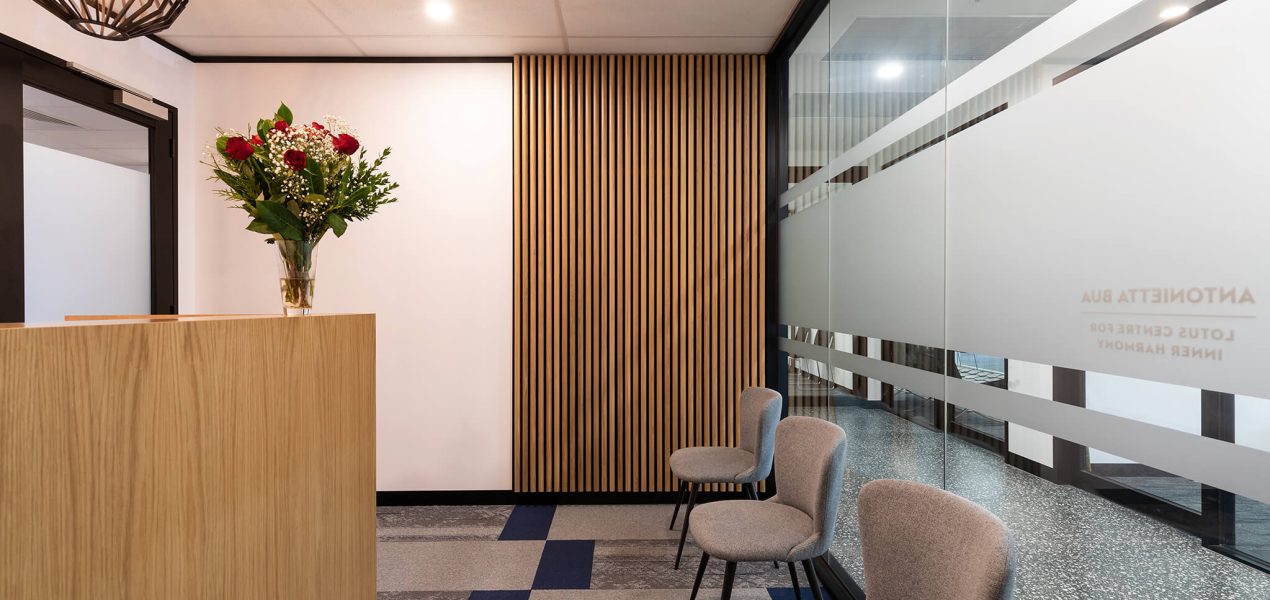Office Interior Design in Melbourne: Balancing Functionality and Aesthetics
In today's competitive business world, office interior design in Melbourne plays a crucial role in creating a productive and inspiring work environment. In Melbourne, where creativity and innovation thrive, finding the perfect balance between functionality and aesthetics is paramount. This blog explores key considerations and effective strategies to achieve an office space that harmoniously blends both elements.

- Understanding the Needs and Goals:
- Begin by understanding the specific needs and goals of your office space. Consider factors such as the nature of work, the number of employees, and the desired atmosphere before your interior design plan drawings.
- Conduct interviews and surveys to gather insights from employees, as their input can provide valuable information on workspace requirements.
- Functional Space Planning:
- Efficient space planning is essential to ensure smooth workflow and optimal utilization of available space.
- Prioritize open and flexible layouts that encourage collaboration and communication among team members.
- Allocate areas for private meetings, focus work, and communal spaces that promote social interaction.
- Ergonomic Furniture and Equipment:
- Invest in ergonomic furniture and equipment to enhance employee comfort and well-being, reducing the risk of musculoskeletal issues.
- Choose adjustable chairs, standing desks, and supportive accessories that cater to individual needs.
- Incorporate proper lighting solutions to reduce eye strain and improve overall productivity.
- Colour and Materials:
- Select a colour palette that aligns with your brand identity and desired atmosphere. Consider using vibrant hues for creative spaces and calming tones for areas requiring focus.
- Select components that are long-lasting, simple to maintain, and ecologically beneficial.
- Incorporate natural elements, such as plants or biophilic design, to create a connection with nature and boost employee well-being.
- Lighting and Acoustics:
- Adequate lighting is crucial for a comfortable and productive workspace. Incorporate a combination of natural and artificial lighting sources to create a well-lit environment.
- Control glare and ensure proper task lighting to avoid eye strain and enhance concentration.
- Address acoustic challenges by using sound-absorbing materials and strategic placement of noise barriers to minimize distractions and improve concentration levels.
- Personalization and Branding:
- Allow employees to personalize their workstations to create a sense of ownership and identity.
- Incorporate branding elements through artwork, graphics, or signage to reinforce company culture and values.
Remember, a well-designed office space not only enhances employee satisfaction but also leaves a positive impression on clients and visitors.













Post a Comment